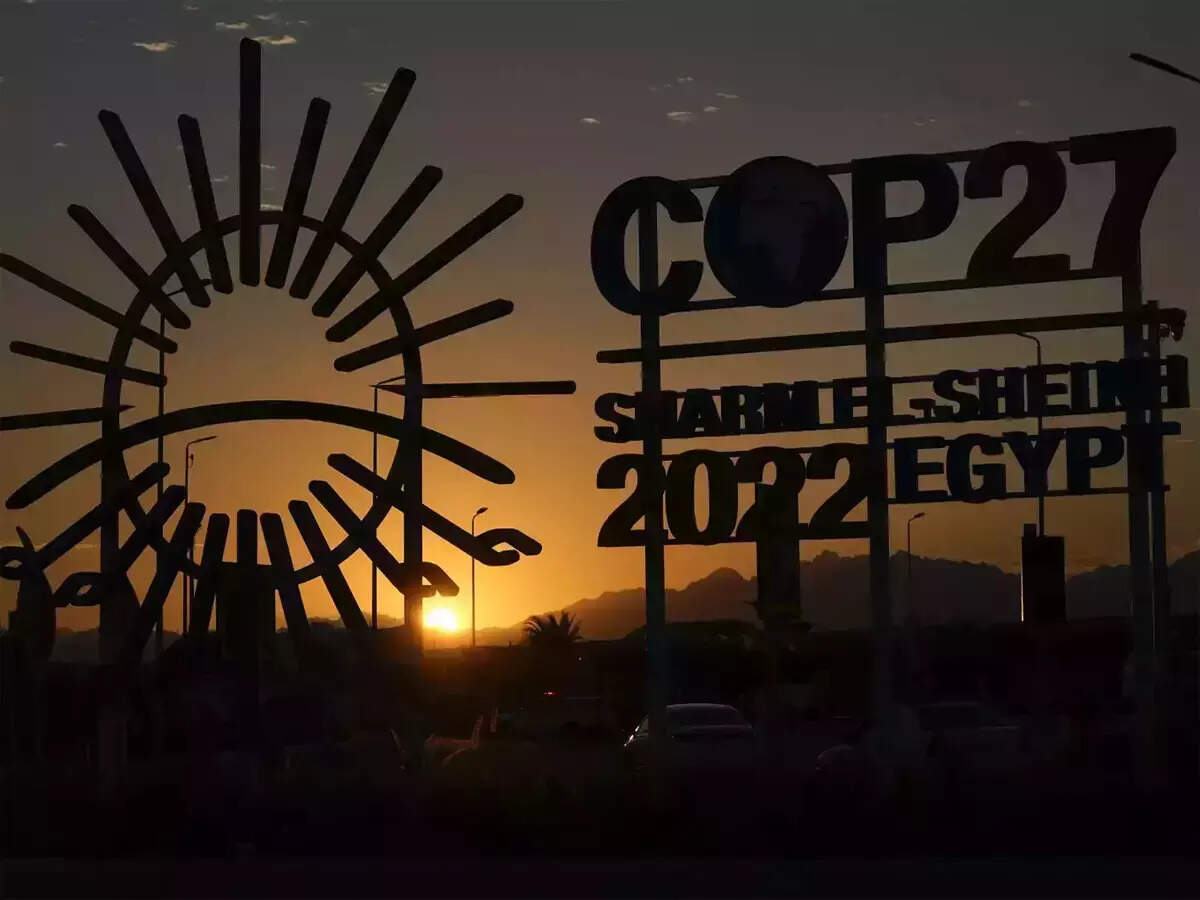
The climate change conference in November 2022 at Sharm El Sheikh Egypt received a lot of media attention. Many argued it to be the historical COP due to its breakthrough result of creation of the ‘Loss & Damage Fund’, a decades long demand put forward by small island nations and developing nations as an argument towards environmental justice, and rightly so.
The fund acts as a significant tool for advancing climate justice as established and acknowledged under Article 2 of the Paris Agreement. It could be imagined as a hard battle won for the long war.
As someone following the global climate negotiations for a few years now, it is starkly clear that war against climate is far from over. The recent report from the Intergovernmental Panel on Climate Change (IPCC) report clearly states that we are not on track to limit global warming to 1.5°C beyond which catastrophic impacts are expected. To reach 1.5°C the global greenhouse gases (GHG) emissions have to peak by 2025 and brought to net-zero by 2050.
In addition, the emissions of methane, the most potent greenhouse gas, needs to be reduced by 34% by 2030. Scientific research has clearly shown that exceeding 1.5°C will have catastrophic and irreversible results. This requires for a massive scale up of ambition and action, both of which are missing from the Sharm el-Sheikh Implementation plan. At the current rate of emissions, the world will exhaust its remaining “carbon budget” by 2030 and result in a temperature increase of 2.7-3.2°C.
Addressing loss and damage is a very important step, however, this does not address the fundamental issue, which is to enhance ambition to reduce emissions.
While the Sharm El Sheikh Implementation plan recognises the importance and urgency of science-based policymaking, it lacks ambition i.e., the speed & scale for climate action that aligns with the urgency of the problem. For example, India’s repeated calls to phase-out all fossil fuels (currently its just coal), was countered by some countries. It was only last year in the history of entire COP that specific source of energy (coal) was mentioned to be phased-down, however, this year the presidency has failed to mention fossil fuels in the formal text. This waters down the imperative for action needed to secure a better future under a 1.5°C world.
Countries around the world have to move beyond their national interests and think at global level with solidarity to truly resolve the climate crisis. This may require nations to rethink their foreign policy, ensuring that the fundamental principle of ‘common but different responsibility’ principle is practiced. Small island nations & developing nations have much more to lose if no mitigation actions are undertaken, as it will impact them the most.
We can continue to argue on whether the outcome of the talks can be considered successful, moderately successful or a complete failure. The dust has settled and its time for action. The planet continues to warm even as this article is being written. In the meantime, the world now has 8 billion people and thousands of species are on the decline. The emerging and established technology solutions such as battery storage, green hydrogen, carbon capture and storage, sustainable biofuels, improving material lifecycle & efficiency will need R&D investments, policy measures for deployment targeted finance including and especially from the private sector.
There is still a significant opportunity to implement the solutions that have proven to be effective. For example, sustainable public transport combined with measures to restrict private car use in cities, modifying building codes to reduce energy consumption and support climate resilient development and enhancing carbon uptake and storage through green spaces, urban forests, wetlands and ponds.
Lifestyle and behaviour changes towards sustainability still has huge scope to address climate change and enhance people’s quality of life. For Government of India’s campaign of LIFE – Lifestyle for Environment if targeted strategically towards high emitting individuals, organisations and industries could help reduce the overall emissions and bring in behaviour change from the demand and services side. There are actions that can be implemented at relatively low cost but we urgently need a targeted policy & systematic push rather than a piecemeal approach.
Ambitious and effective mitigation requires coordination across government and society. The private sector needs to pick up its fair share of action. Scaling up private climate finance is critical. It is time for all stakeholders to act – towards a better future for the country, and towards the collective goal of a sustainable future for all.